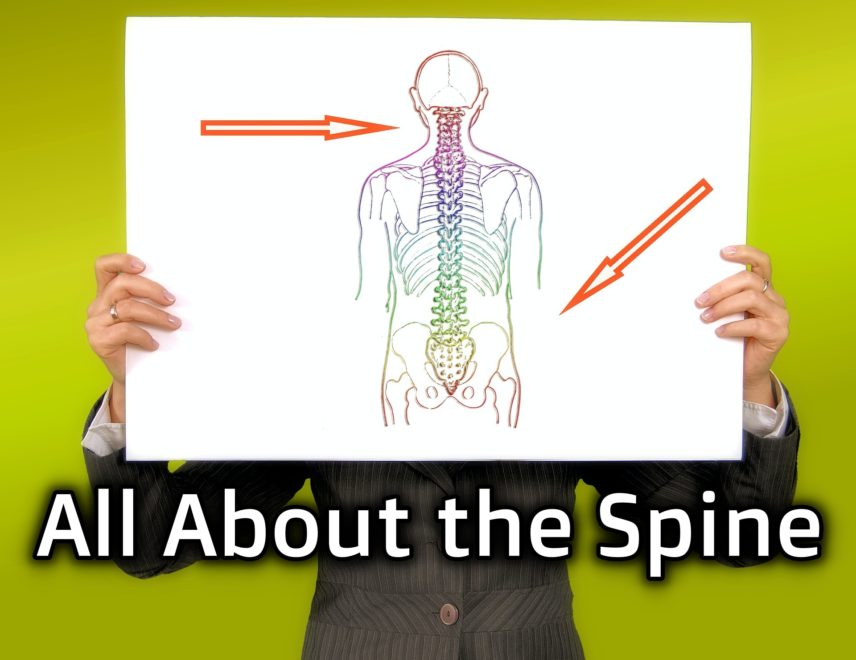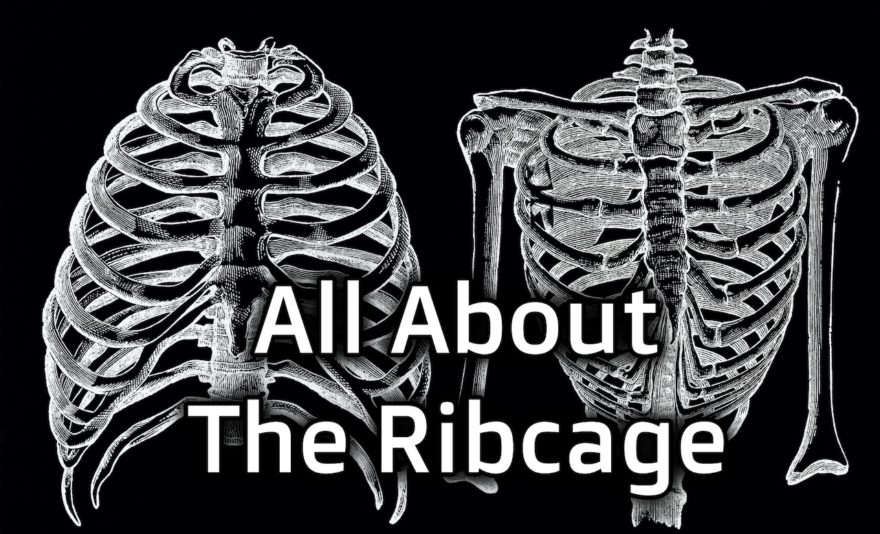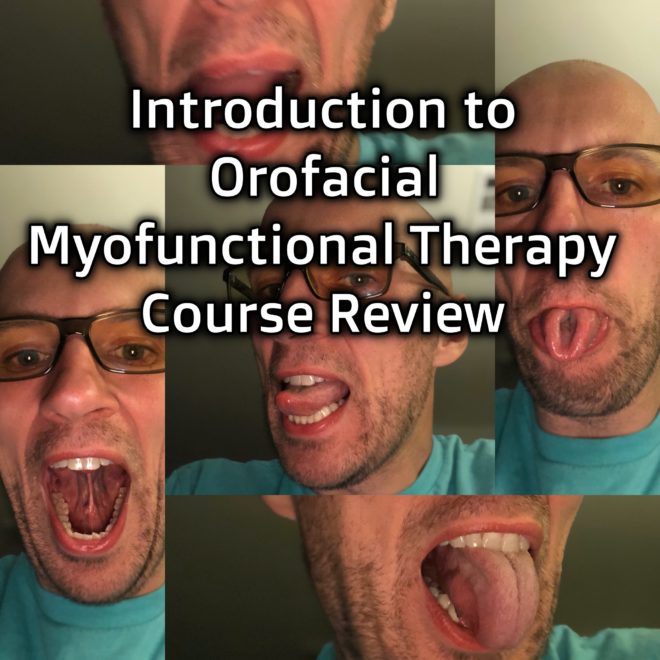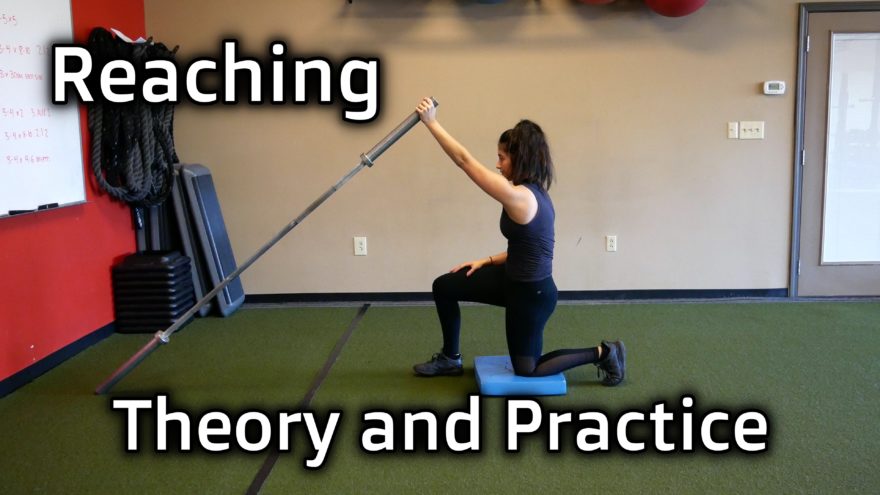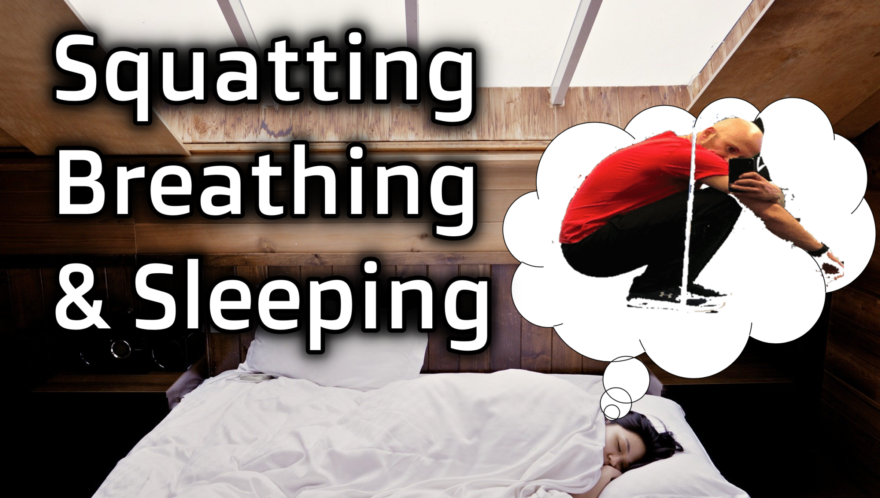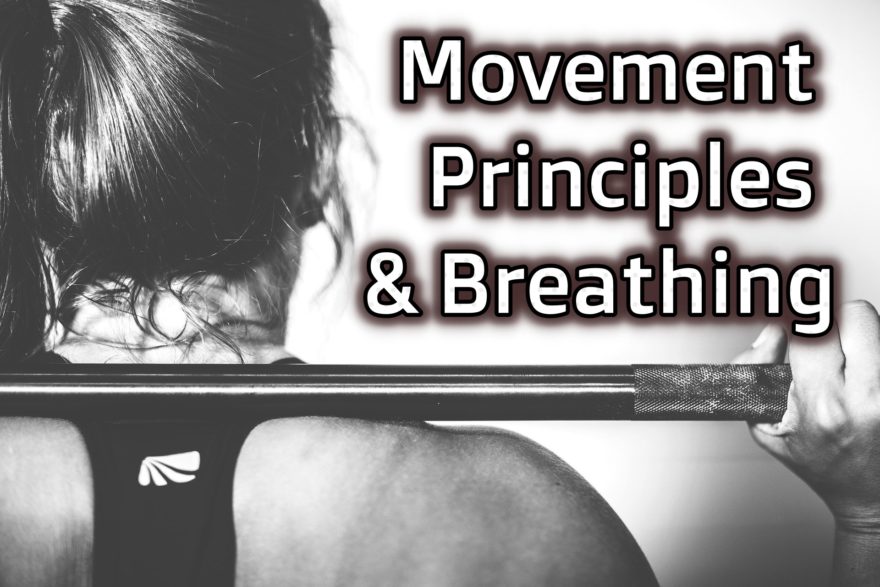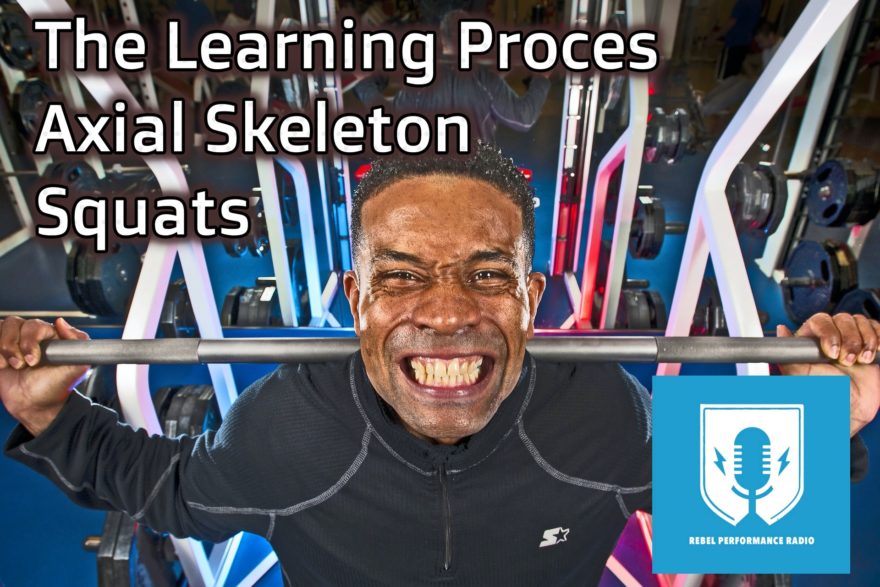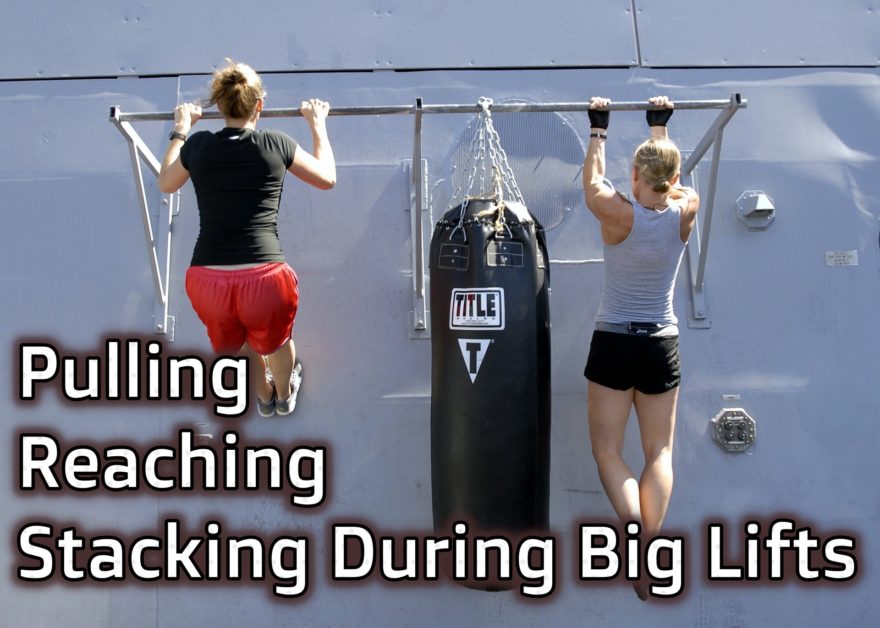How improving tongue mobility can impact sleep and nasal breathing I hit a plateau. I was getting good results with many clients. I was making infrasternal angles dynamic, restoring hip flexion and extension, and getting ribcage mobility on fleek. Yet there were still some folks who I couldn’t get the symptom change they needed. Either they had really stiff necks, craniofacial issues, or difficulty sleeping. I knew I was missing something. Then I found myofunctional therapy. My buddy Joe Cicinelli, my myofunctional therapist, gave me some tongue exercises surrounding my tongue-tie release surgery, and I noticed some interesting changes with myself. My neck felt looser, I was sleeping better, and just overall feeling better. I decided to experiment and try a few activities here and there on some clients. With having only a rudimentary understanding, I started seeing some of those troubling cases improve. Necks were less tight. Sleep was improving, jaw pain was vanishing. I needed to learn more. That’s when I came across the Academy of Orofacial Myofunctional Therapy (AOMT) and saw they offered an introductory course. I was in. Four days later, a gap was filled. Having applied these techniques to several patients, many of those troubled cases were not so troubling. Although I was addressing airway with most of my treatments, I neglected the uppermost portions of it. The folks at AOMT give you that and then some. With this course, we deep-dived into anatomy, evidence, assessment, treatment, and business. You really get a total package
Read More